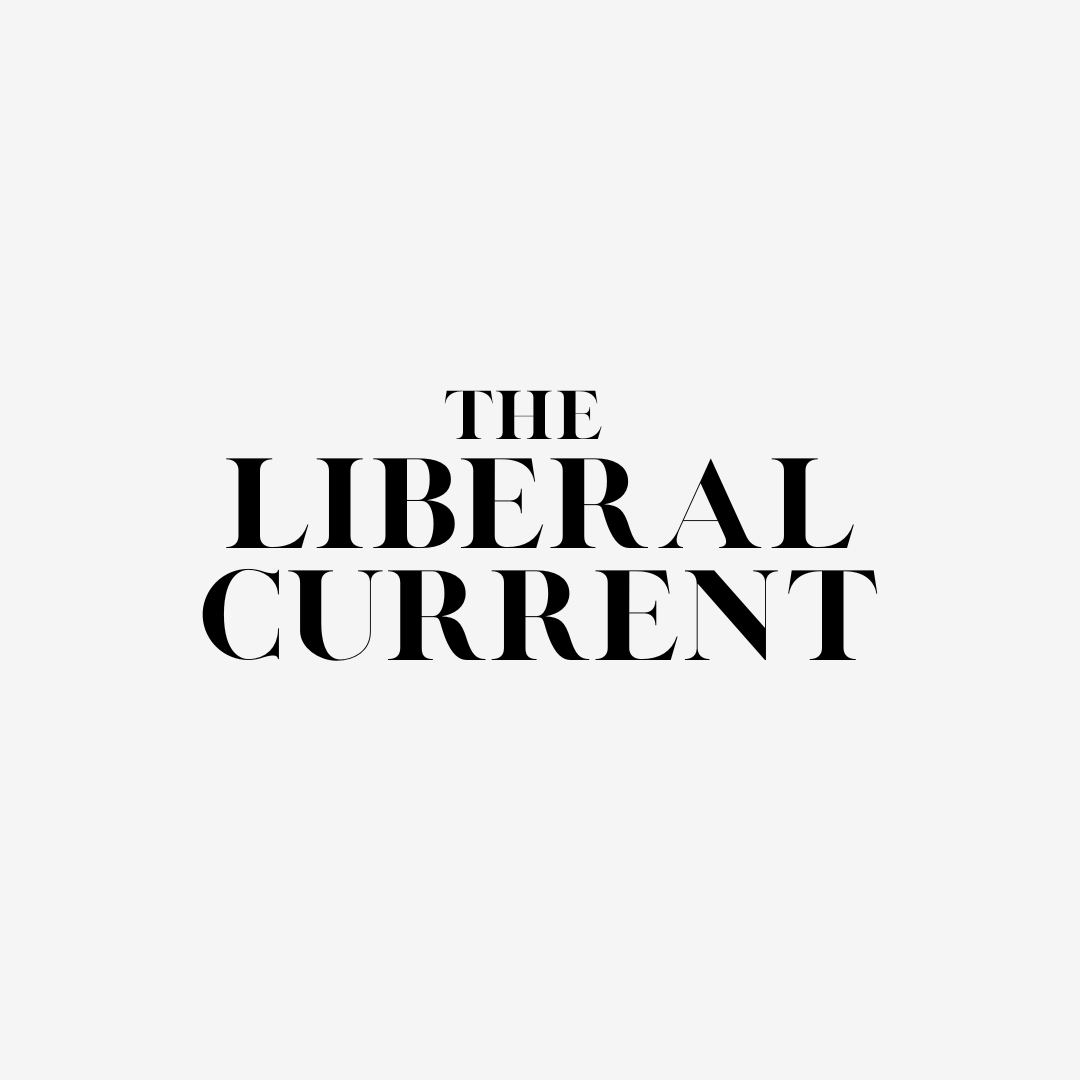Trump's Copper Tariffs: A Misguided Protectionist Move That Threatens Global Trade
Trump's announcement of 50% tariffs on copper imports signals a troubling return to protectionist policies that threaten global trade relations. This analysis examines the market realities behind the decision and proposes alternative approaches to addressing US copper industry challenges.

Copper manufacturing facility with global trade shipping containers in background, symbolizing the intersection of domestic production and international trade
Analysis of Trump's Latest Trade Intervention
In a concerning development for global trade relations, former President Trump has announced a dramatic 50% tariff on copper imports under Section 232 of the Trade Expansion Act. This move, while presented as protection for American interests, represents another troubling step toward economic isolationism.
Understanding the Market Context
The decision comes amid a complex market dynamic where the US copper industry faces legitimate challenges. The price disparity between COMEX and LME exchanges has created arbitrage opportunities, leading to increased imports. However, the proposed solution threatens to create more problems than it solves.
Recent data shows US copper imports reached 200,000 metric tons in April - a significant figure that reflects market forces rather than unfair trade practices. The COMEX-LME spread has indeed widened, but this reflects global market dynamics rather than predatory behavior.
The China Factor: A More Nuanced Reality
While concerns about Chinese market influence are valid, the narrative of deliberate market manipulation requires more careful examination. Chinese copper refineries' operations at a loss reflect complex domestic economic factors rather than a coordinated strategy to undermine US producers.
Critical Assessment of the Tariff Approach
The proposed tariff structure presents several concerning elements:
- The 50% base tariff represents an extreme market intervention
- The suggested additional $0.40/lb tariff would create significant market distortions
- The policy risks triggering retaliatory measures from trading partners
Alternative Solutions for Market Balance
Rather than resorting to protectionist measures, a more effective approach would include:
- Streamlining domestic permitting processes for new copper developments
- Investing in innovation and efficiency improvements in US facilities
- Engaging in multilateral trade discussions to address market imbalances
- Developing international partnerships to ensure supply chain resilience
Implications for Global Trade
This intervention risks undermining the principles of free trade that have historically benefited both the US and global economies. It could also complicate ongoing efforts to address climate change, as copper plays a crucial role in renewable energy technologies.
The Way Forward
While the US copper industry faces genuine challenges, the solution lies not in protectionist measures but in smart policy that enhances competitiveness while maintaining open markets. This requires a balanced approach that considers both domestic interests and international trade relationships.
Thomas Reynolds
Correspondent for a London daily, specialist in British foreign policy and transatlantic issues.
